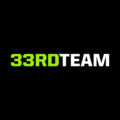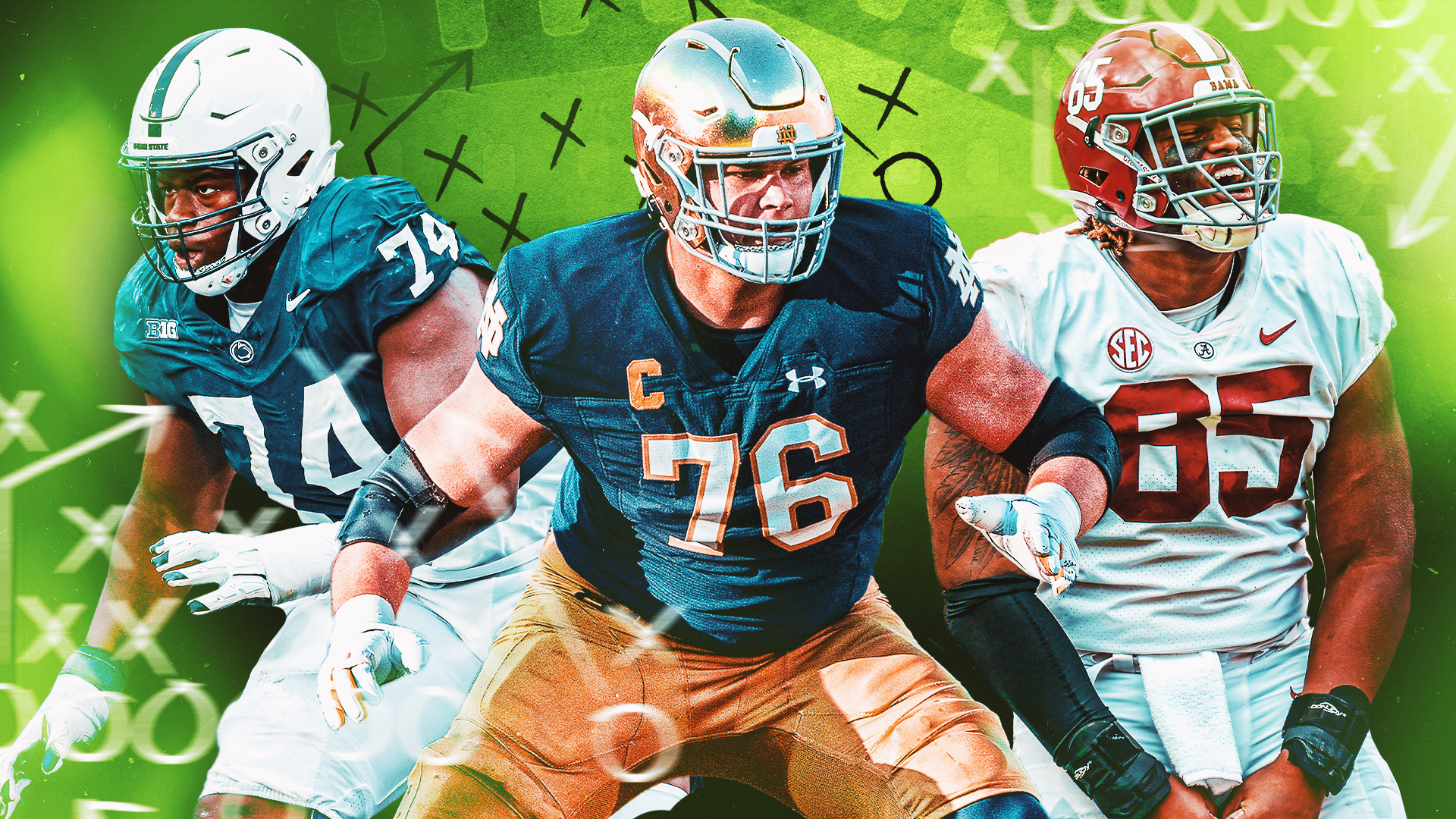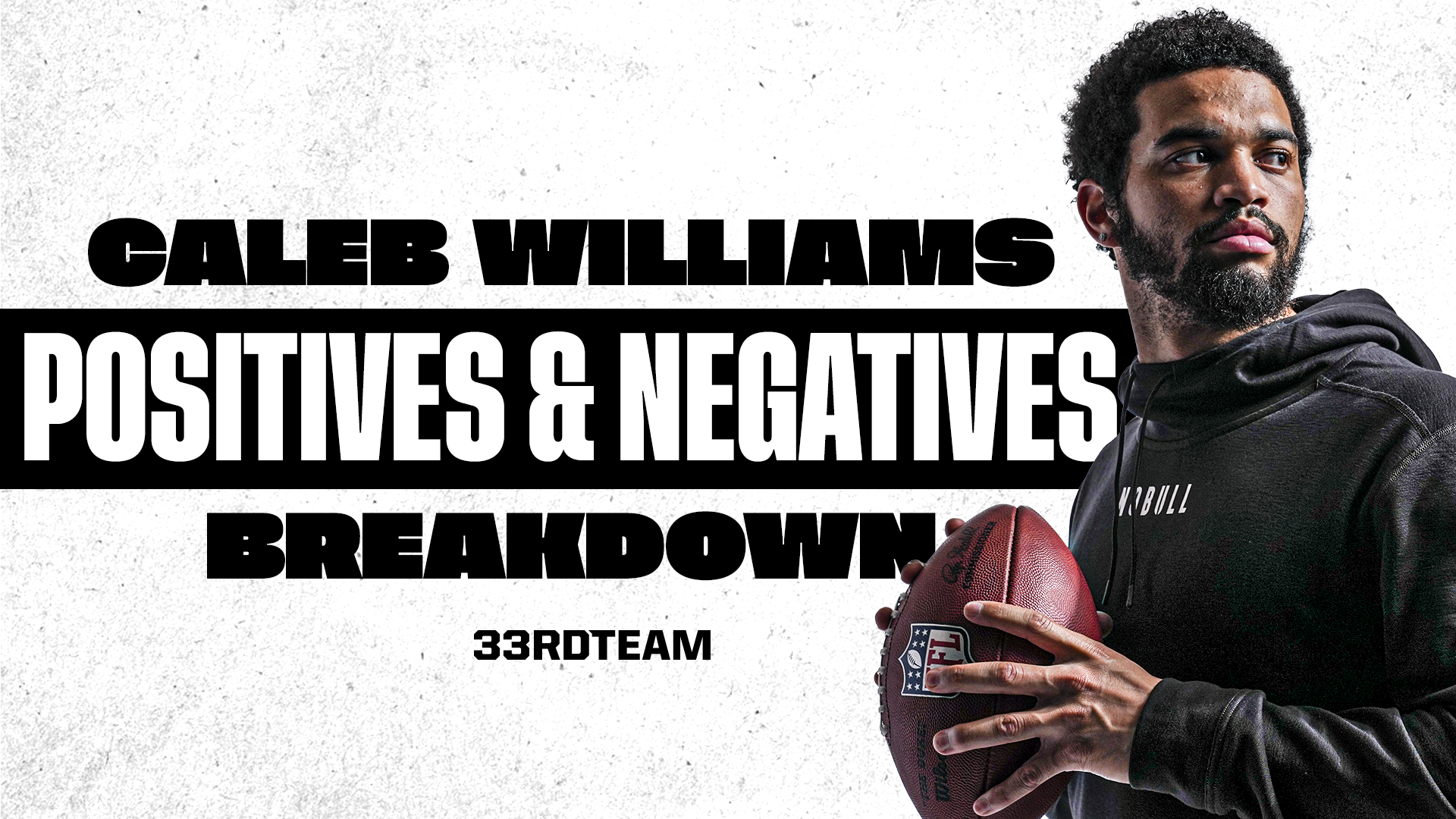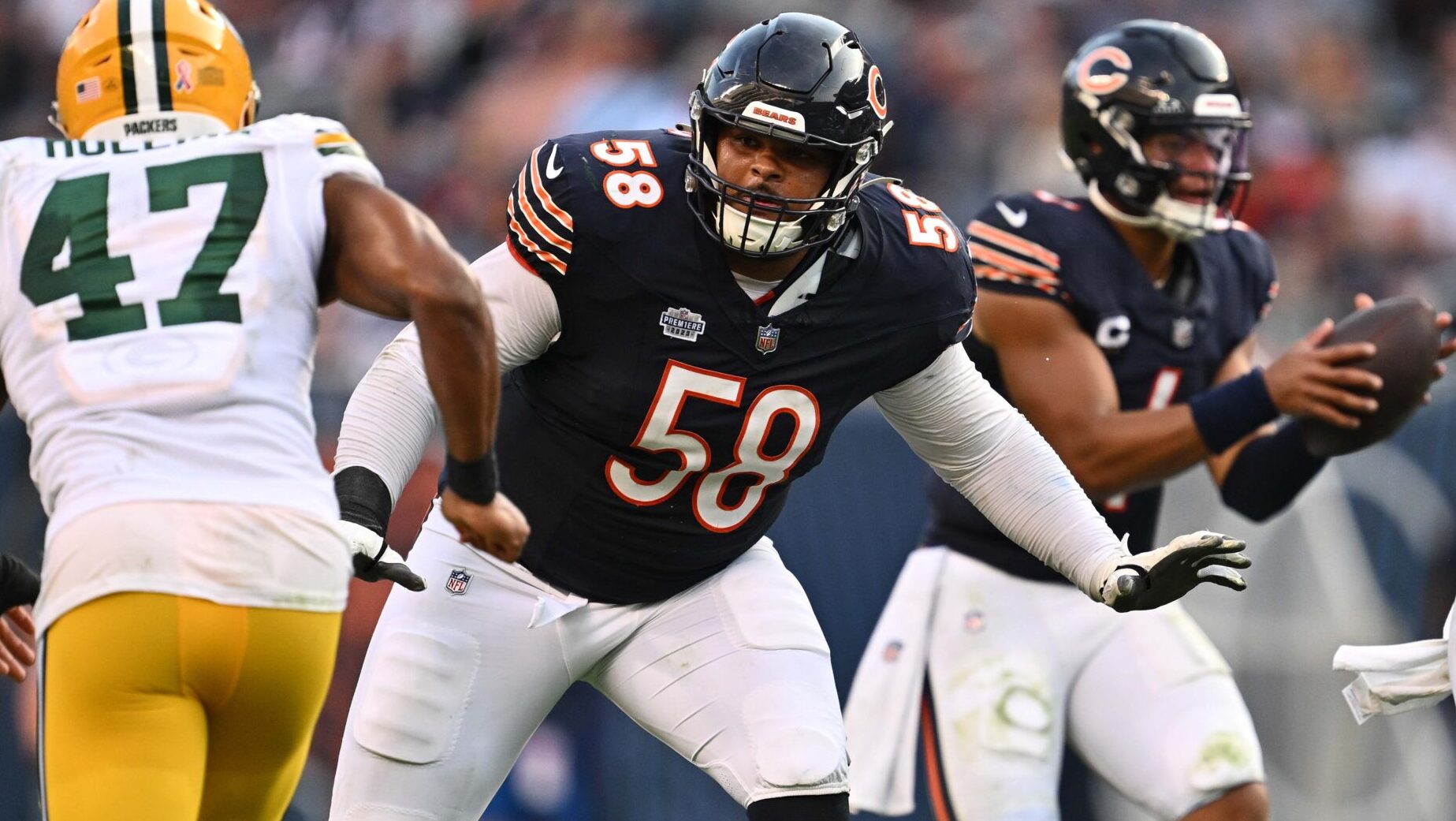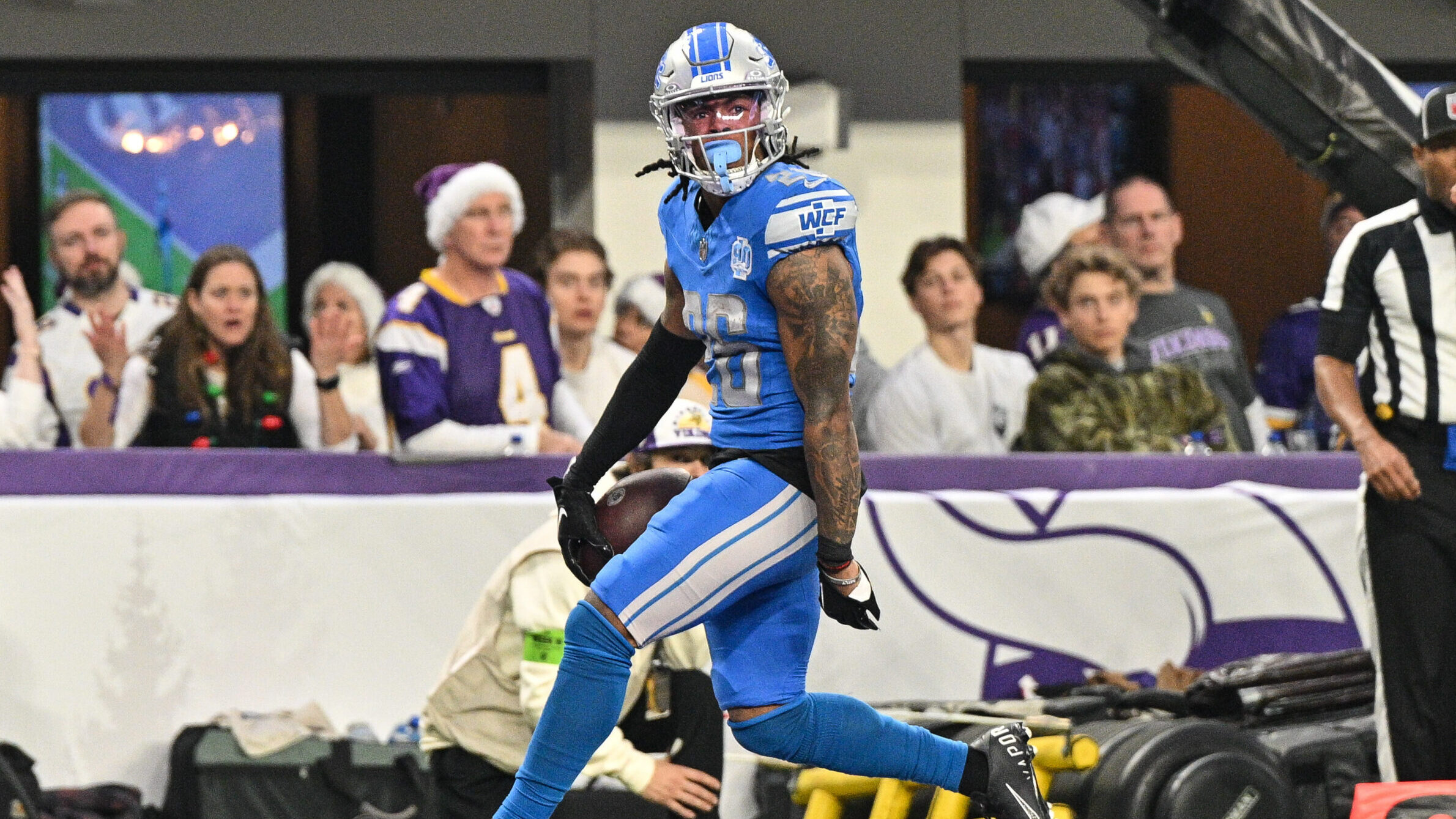Breakdowns
7/5/21
4 min read
How the Top 4-3 Defenses Allocate Salary Cap Dollars
There are many reasons as to why some defenses perform better than others even though they run similar schemes. Personnel decisions and cap allocation are some of the most impactful factors that can explain why one defense performs better than others. We can find correlations to what the most advantageous cap structure is by taking a look at how the top and bottom five 4-3 defenses from the 2020 season allocated their cap space to the front seven.
The defensive rankings below are based on total points allowed during the 2020 regular season. This data set uses the full roster cap percentage for each team’s position groups during the 2020 season. Keep in mind, teams use sub packages a majority of the time in today's NFL. These teams are considered 4-3 based on their starting lineups.
This data set shows the full cap percentage for each position group from the top and bottom five 4-3 defenses in the league. All five of the top defenses spent a higher percentage on their defensive line than on any other group. A key component to a successful 4-3 defense is the ability to control the line of scrimmage and rush the passer with four down linemen. The bottom five teams spent on average 4.06% less on their line than the top five teams. This correlation hints at the importance of spending more money on the front four of the defense. This larger cost is typically spent on premiere edge players and interior linemen who are athletic enough to be disruptive pass rushers.
The two data sets share a similar pattern when it comes to spending money on linebackers. The average spent on the linebacker position is less than 10% in each table. Only the Vikings and Seahawks spent more than this amount on their linebacking group. Typically, 4-3 linebackers are easier to replace than other position groups across the defense and can be found at a cheaper cost.
Most successful 4-3 teams aren’t looking to break the bank on this group unless you have top tier talent like a Bobby Wagner or Anthony Barr at the position. The Colts are a great representation of this by having spent 5.31% less than the top defenses averaged. They were able to keep their costs down in this area by landing All-Pro linebacker Darius Leonard in the 2018 draft and having a productive defensive line.
The spending on defensive backs was higher in the bottom five defenses than the top five. This data projects that spending cap on defensive backs will not make as large of an impact if the defensive line is not constructed properly. The amount of money you allocate to corners and safeties will have less of an impact if you can’t pressure the quarterback consistently. The top 4-3 defense, Washington, did spend the most on its defensive back group in their data set. This combination of spending seems to give them the talent to perform at the highest level.
The Bengals, on the other hand, spent the most on their secondary but spent below the average for the top five defenses on defensive line. This lesser commitment to the defensive line depreciates the value of cap dollars allocated to their secondary. This data shows that developing a 4-3 defense starts with the front four first and trends towards acquiring secondary players next.
These findings suggest that spending money on a foundational defensive line is the most important task when developing a 4-3 defense. The ability to control the line of scrimmage and be disruptive with four rushers is a critical part of building a top tier defense. Money spent on other positions has a higher chance to underachieve if the defensive line is not taken care of.
